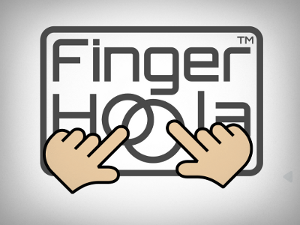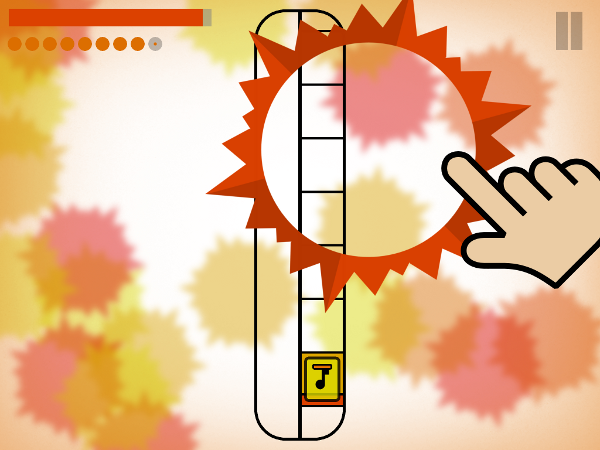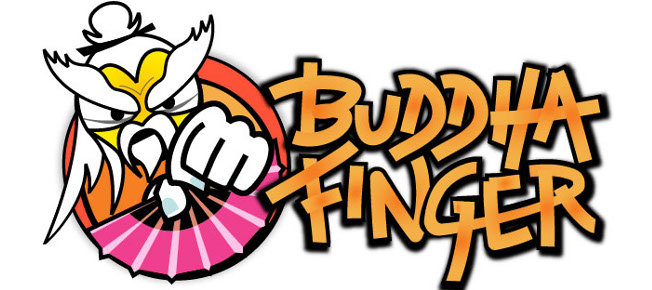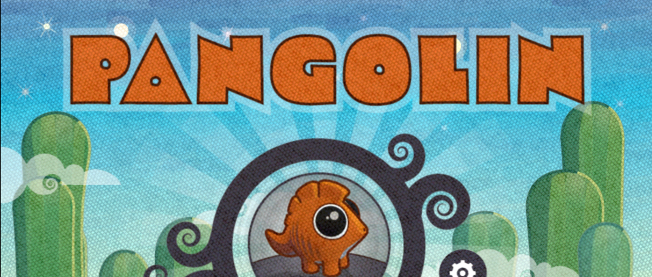 Intuitive. It’s a quality that many creators and inventors strive for. In the gaming industry, the term intuitive can take on a lot of meanings. It can mean that the controls are pick-up-and-play for players of all skill levels. In some instances, it means the player knows instinctively what to do next because the game provides a familiar set of conditions or a subtle nudge in the right direction. In the case of Finger Hoola from developer Plant Pot, absolutely everything about the game explores the depth of the player’s intuitions.
Intuitive. It’s a quality that many creators and inventors strive for. In the gaming industry, the term intuitive can take on a lot of meanings. It can mean that the controls are pick-up-and-play for players of all skill levels. In some instances, it means the player knows instinctively what to do next because the game provides a familiar set of conditions or a subtle nudge in the right direction. In the case of Finger Hoola from developer Plant Pot, absolutely everything about the game explores the depth of the player’s intuitions.
I knew I was in for a different experience about 30 seconds into my first session playing Finger Hoola. I waited about that long for the title screen to disappear, only to discover through experimentation that the title screen needed to be swiped away in order to proceed. This lone example here is a microcosm of the experience playing the game. There’s no chat bubble explaining what to tap. In fact, everything about the menu system – including the settings – is left up to the player to discern through educated guesses and through trial and error.
My play-through of the game didn’t actually start with fully exploring the menu system. I wanted to jump right in and see what the game was all about. Once the first level began there wasn’t much in the way of an explanation for how the game’s supposed to be played. There’s a hula hoop drawn to one side (and both sides later on) of a vertical column representing a musical scale. Spinning the hula hoop results in a colored bar rising up the side of that column. The faster the player can spin the hoop, the higher the bar rises.
There’s also an audible response to the player’s actions. As the bar is raised or lowered across different section of the column, it results in a higher or lower musical pitch being played. When combined with the ambient background music it creates an almost meditative experience. For me, the defining moment of playing the game came in the first level once I realized how spinning the hula hoop was tied to the musical scale. It actually elicited one of those surprised laughs and head nods people involuntarily experience when acknowledging that someone has done a job well. This is one of the most thoroughly enjoyable aspects of the game, though on later difficulties the player won’t be able to sit back and listen because of their focus on the action.
Success is achieved by keeping the bar playing a specific note for a set amount of time, after which the desired note changes and the player must slow down or speed up the hula hoop to readjust the bar’s position. The player must continue to hit each note until a sequence is completed and the stage ends. The game ramps up the difficulty first by narrowing the area associated with each note in order to make it harder to stay within the boundaries. Later on, the player must alternate between two hula hoops with two scales. Finally, the gauntlet is thrown by forcing the player to spin both hoops at the same time. That last difficulty leap is not insurmountable, and thankfully the game requires players to unlock access to higher difficulty levels by performing well on the earlier ones.
The player’s performance is indicated by a score meter that fills up after the level ends, though for the life of me I still haven’t figured out how it’s calculated. Subsequent runs on the same level don’t replace the existing score; it actually adds to it. This was one of those times where a lack of clarity actually became frustrating. I was able to succeed in getting through each level, but was lacking any knowledge of how to get better at it.
In concept, I think it’s an amazing idea to force players to learn how to play a game on their own. It’s an instinctive behavior to start spinning one’s finger within the hula hoop, and Plant Pot relies heavily on that natural response. However, I honestly didn’t know whether to feel put off or to applaud the developers, and after playing through the game I still don’t. In some cases the “no instructions” design goes a bit too far in defying convention, and it may be a little off-putting or confusing. Ultimately, though, a game also needs to be judged by how entertaining it is, and Finger Hoola captures the senses in a fun and pleasing way. So despite the issues I had with how far the developers took their design philosophy, I’d easily recommend the game to most players. Finger Hoola is available for both iOS and Android devices.
Overall Rating: 




This game was reviewed using an iOS copy provided by the developer for that purpose.
© 2013, The Indie Mine. All rights reserved.





